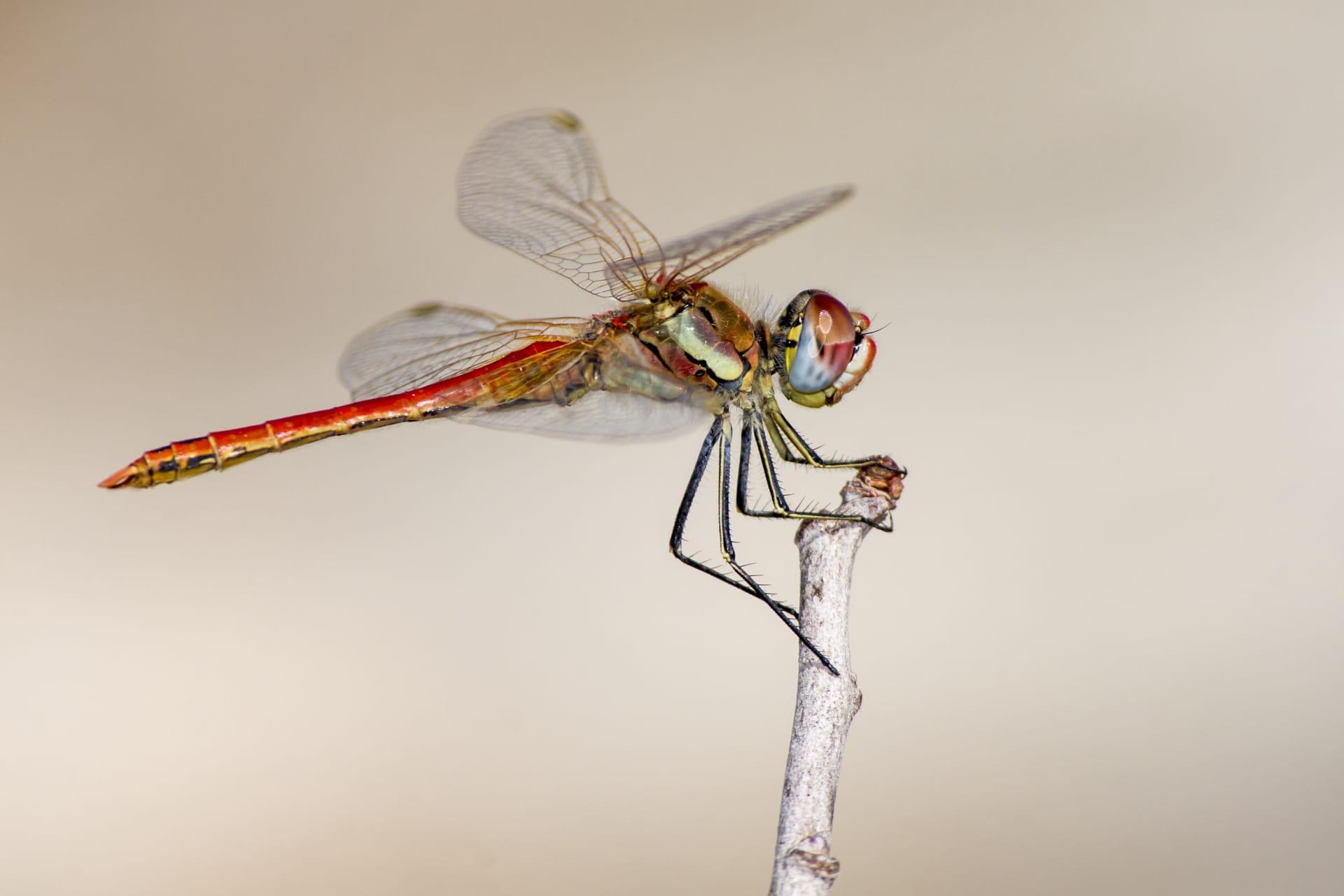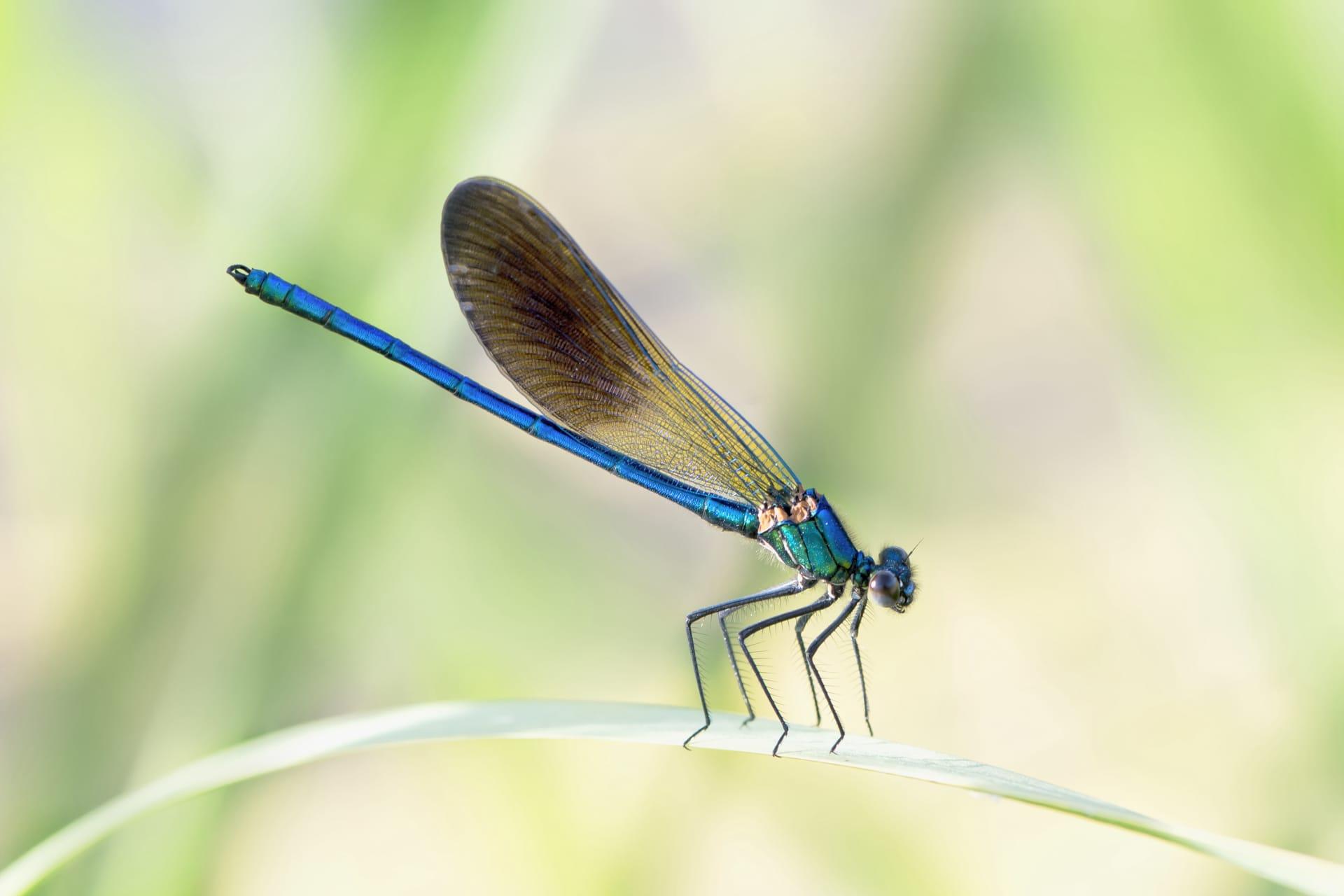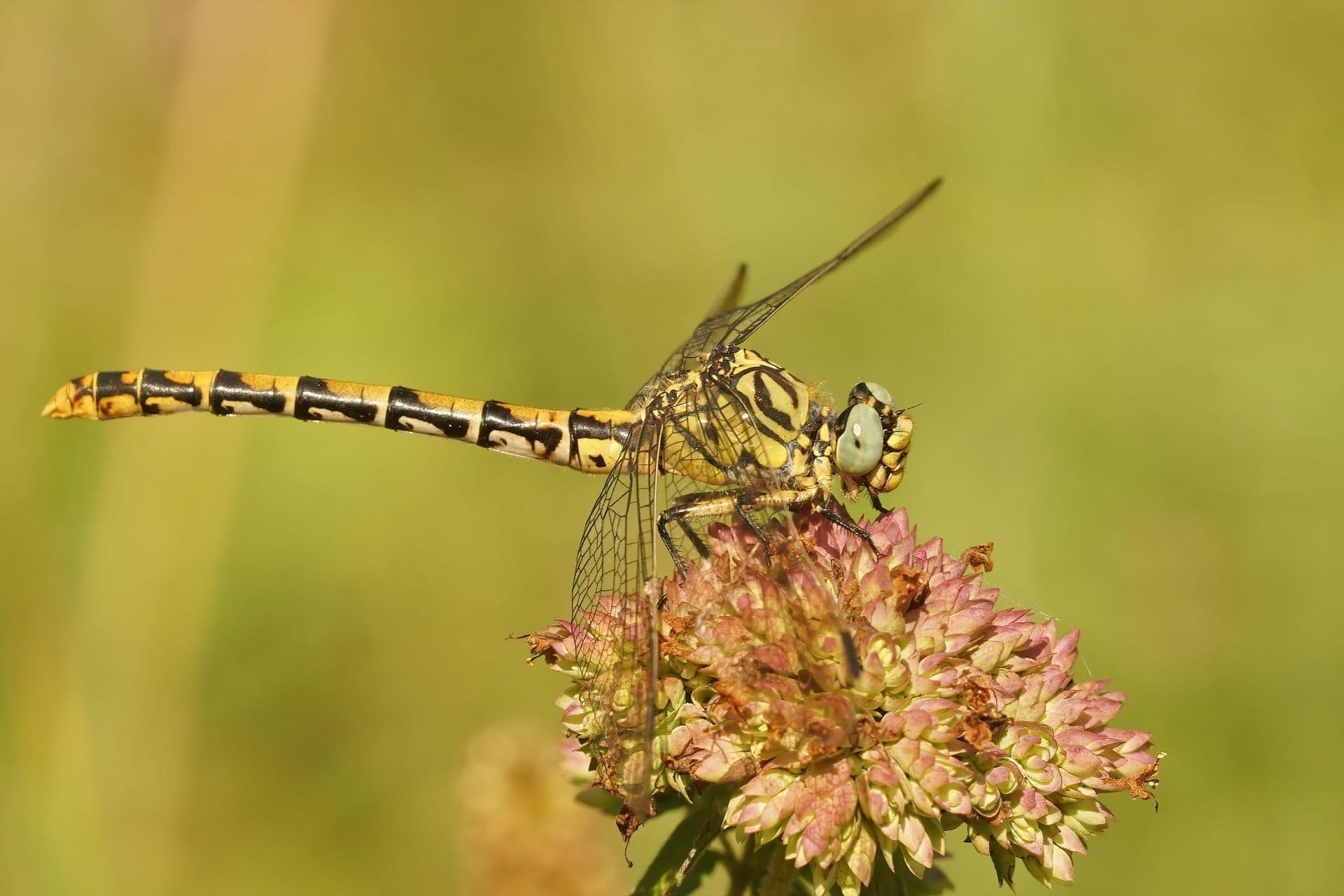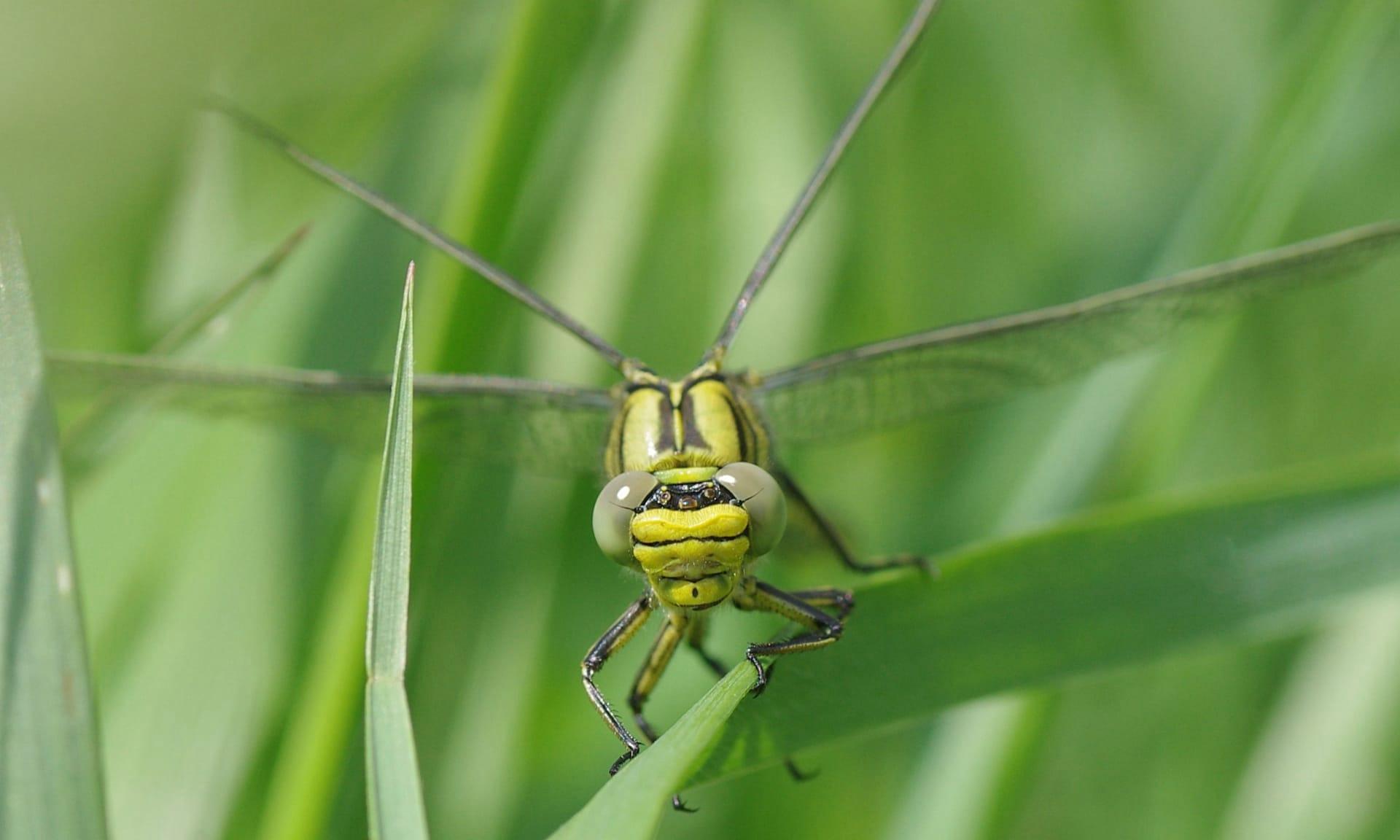Dragonfly
- Home /
- Mini Encyclopedia /
- Animal /
- Dragonfly
1
Dating back to the Paleozoic era, dragonflies belong to the order Odonata, which splits into two suborders: Anisoptera for true dragonflies and Zygoptera for damselflies. These ancient insects boast over 3,000 species. True dragonflies are distinguished by their large, multifaceted eyes, two pairs of strong transparent wings, and an elongated body. They exhibit a fascinating range of colors and patterns, varying from vivid blues and greens to more subdued browns and blacks, depending on species and environment.
Dragonflies are found on every continent except Antarctica. They thrive in a variety of habitats including wetlands, ponds, lakes, and rivers. Their distribution is closely linked to the availability of freshwater, as their larvae, known as nymphs, are aquatic. In terms of geographical spread, the greatest diversity is seen in tropical regions, particularly in Asia and South America. Yet, these adaptable insects can also be found in arctic regions, showcasing their remarkable resilience and adaptability to different climates and altitudes.

2
Question: Can dragonflies sting or bite humans?
Answer: A common misconception about dragonflies is that they sting. In reality, dragonflies do not have a sting. While they are predators and can bite, they rarely do so to humans. Their mandibles are designed for catching prey like mosquitoes, gnats, and other small insects. A dragonfly bite might be slightly noticeable but is generally harmless to humans. Their fearsome reputation is largely undeserved when it comes to human interactions.

3
Dragonflies are masterful fliers, with the ability to hover, fly backward, and change direction swiftly. This agility is key to their survival strategy, aiding in hunting and evading predators. Their flight prowess is attributed to their two sets of wings which can operate independently. Moreover, their large compound eyes provide nearly 360-degree vision, allowing them to detect movements of predators and prey alike.
During their larval stage in water, dragonflies are equally adept predators. They use a unique, extendable lower lip, called a labium, to snatch prey. This adaptation allows them to be effective hunters both in their aquatic juvenile stage and as airborne adults. Their life cycle, which includes a transformation from aquatic nymphs to flying adults, is a survival strategy that minimizes competition for resources between the juvenile and adult stages.

4
In ecosystems, dragonflies play a dual role. As predators, they help control populations of insects like mosquitoes, flies, and other small aquatic life, thus impacting the local biodiversity. This predatory nature places them as important regulators in both aquatic and terrestrial food webs.
Dragonflies also serve as vital indicators of environmental health, especially the quality of freshwater ecosystems. Their presence and diversity are often used by scientists to assess the health of wetlands, rivers, and lakes. As sensitive to pollution and habitat changes, dragonflies can provide early warning signs of ecological issues, making their conservation important for maintaining biodiversity and ecological balance.

5
Film: "Dragonfly Wings: Nature's Flying Machines" is a documentary produced in the UK in 2021. This film explores the incredible biomechanics of dragonfly flight. With stunning slow-motion footage, it reveals how these insects can maneuver with such precision and speed, diving into the science behind their wing structure and flight patterns.
Book: "The Dragonfly's Journey" (USA, 2019) by Susan E. Quinlan. This book delves into the life cycle and migration patterns of dragonflies. Quinlan combines scientific research with captivating narratives, providing insights into the complex journeys these insects undertake and their impact on ecosystems.
Book: "Dragonflies: Masters of the Air" (UK, 2017) by Martin Johnson. This work focuses on the evolutionary history and diverse species of dragonflies. Johnson's book is rich with details on their biology, behavior, and the role they play in folklore and culture, offering a comprehensive view of these fascinating insects.